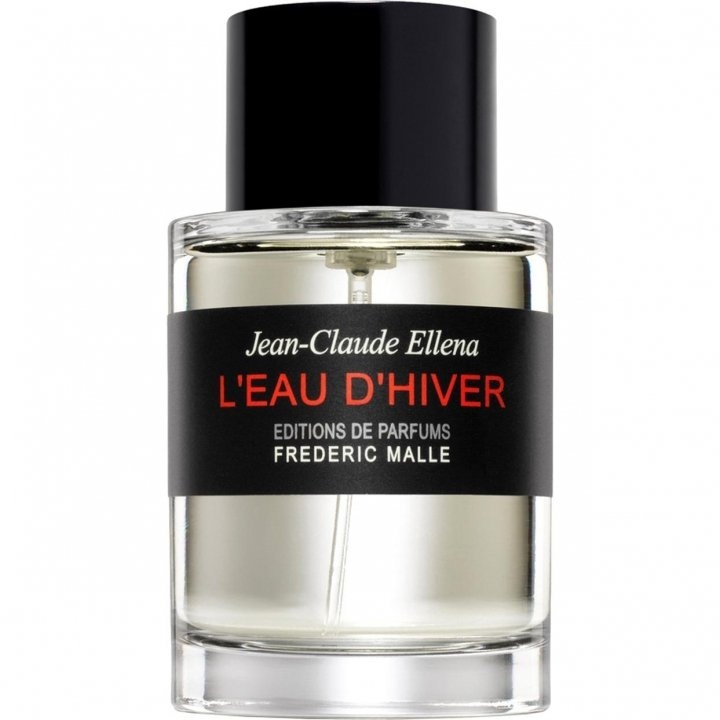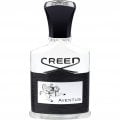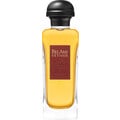L'Eau d'Hiver Editions de Parfums Frédéric Malle 2003
4
Helpful Review
L'Eau d'Hiver by Jean-Claude Ellena
In perfume, the theme of water and ‘watery’ perfumes has always interested me. Firstly, one must grasp the concept of water and its thematic odour profile. Water fragrances are fresh on the skin, and equally refreshing on the nose. These fragrances, typified by the likes of Polo Blue by Ralph Lauren and Escape from Calvin Klein are soft fragrances, pillowed with deep aromatic hums and lifted with contrapuntal additions of spice and zing. These capture the idea of a cascading waterfall, dense air during a thunderstorm, or even the salty and vegetal facets of the sea.
The smell of something ‘salty’ intrigues me. Salt doesn’t have a smell but I nevertheless effortlessly state, for example, that Épice Marine by Hermès is a salty fragrance. It is the smell of the ocean, containing oceanic connotations of seaweed, spice, driftwood, and the like. The same runs true for L’Eau D’Hiver. A contradiction between hot meets cold; where density equalises sparsity.
-----
L’Eau D’Hiver is a viscose cologne, syncopated firmly against tranquility. It begins unlike the typical cologne, calling to mind a fresh cleanliness that is simple and inexcessive. I am reminded of the understated nature of clean white bedsheets: simple, yet elegant. White because of its purity, and willowy bedsheets because of its calm comfort. This fragrance is airy and thin, attuned with a concentrated accuracy that is in turn warmed (but not heated) on the skin, with slippery honey, heliotrope and iris.
L’Eau D’Hiver is actually classified as a Woody Oriental under Michael Edwards’ Fragrances of the World, and whilst that alone doesn’t surprise me, the fact that it is in the same category as Chanel’s Égoïste does. Considering this, I explored the concept, sniffing harder trying to uncover L’Eau D’Hiver’s complexities. As a rush of anise opens, I am reminded of Guerlain’s Apres L’Ondee due to the pale almond note and the heliotrope. In comparison, this is a contemporary Apres L’Ondee, hosting a languid richness from the musk and honey notes, emphasising a delicious marmalade accord found exclusively in the coveted parfum version of Apres L’Ondee. The honey illuminates the composition, joining together its gossamer transitions and yet also adding space in-between the frigid florals.
As the opening radiates a viscous marmalade accord and a piercing anise top note, a hovering citrus note of bergamot is redolent of much of Ellena’s other works, giving his trademark steadiness through freshness. Here, the name L’Eau D’Hiver (Winter Water) is realised. Comfort can be achieved without having to emphasise oriental keynotes, which can often feature an intrusive thickness. Before the fragrance can evolve into a cloying state, peppy angelica cuts the marmalade inflection with a detectable assertiveness. It has properties like snow, romantically thin but still posing a danger in the right contexts.
On multiple wearings with much consideration, L’Eau D’Hiver showcases Ellena’s perfumery style with a cheeky ease. Chandler Burr simplified his mantra marvellously during a presentation, and stated that with an Ellena perfume, people shouldn’t go: “Your perfume smells amazing…” but rather, “…you smell amazing”. This is a dense cologne, but a spare oriental; deceptively delicate yet thick like warm milk embraced with honey, marmalade and awakened with a fresh sappy jasmine.
The balance here is pivotal, and contains many elements of a typical cologne style. I enjoy this for its second skin appeal – a ‘your skin but better’ scent. This is earthly and natural at times but then entirely abstract. Clean and somewhat soapy; obscure minimalism.
The smell of something ‘salty’ intrigues me. Salt doesn’t have a smell but I nevertheless effortlessly state, for example, that Épice Marine by Hermès is a salty fragrance. It is the smell of the ocean, containing oceanic connotations of seaweed, spice, driftwood, and the like. The same runs true for L’Eau D’Hiver. A contradiction between hot meets cold; where density equalises sparsity.
-----
L’Eau D’Hiver is a viscose cologne, syncopated firmly against tranquility. It begins unlike the typical cologne, calling to mind a fresh cleanliness that is simple and inexcessive. I am reminded of the understated nature of clean white bedsheets: simple, yet elegant. White because of its purity, and willowy bedsheets because of its calm comfort. This fragrance is airy and thin, attuned with a concentrated accuracy that is in turn warmed (but not heated) on the skin, with slippery honey, heliotrope and iris.
L’Eau D’Hiver is actually classified as a Woody Oriental under Michael Edwards’ Fragrances of the World, and whilst that alone doesn’t surprise me, the fact that it is in the same category as Chanel’s Égoïste does. Considering this, I explored the concept, sniffing harder trying to uncover L’Eau D’Hiver’s complexities. As a rush of anise opens, I am reminded of Guerlain’s Apres L’Ondee due to the pale almond note and the heliotrope. In comparison, this is a contemporary Apres L’Ondee, hosting a languid richness from the musk and honey notes, emphasising a delicious marmalade accord found exclusively in the coveted parfum version of Apres L’Ondee. The honey illuminates the composition, joining together its gossamer transitions and yet also adding space in-between the frigid florals.
As the opening radiates a viscous marmalade accord and a piercing anise top note, a hovering citrus note of bergamot is redolent of much of Ellena’s other works, giving his trademark steadiness through freshness. Here, the name L’Eau D’Hiver (Winter Water) is realised. Comfort can be achieved without having to emphasise oriental keynotes, which can often feature an intrusive thickness. Before the fragrance can evolve into a cloying state, peppy angelica cuts the marmalade inflection with a detectable assertiveness. It has properties like snow, romantically thin but still posing a danger in the right contexts.
On multiple wearings with much consideration, L’Eau D’Hiver showcases Ellena’s perfumery style with a cheeky ease. Chandler Burr simplified his mantra marvellously during a presentation, and stated that with an Ellena perfume, people shouldn’t go: “Your perfume smells amazing…” but rather, “…you smell amazing”. This is a dense cologne, but a spare oriental; deceptively delicate yet thick like warm milk embraced with honey, marmalade and awakened with a fresh sappy jasmine.
The balance here is pivotal, and contains many elements of a typical cologne style. I enjoy this for its second skin appeal – a ‘your skin but better’ scent. This is earthly and natural at times but then entirely abstract. Clean and somewhat soapy; obscure minimalism.



 Olfactics
Olfactics
